Feeling Nostalgia for the Subway? These Photos Might Help
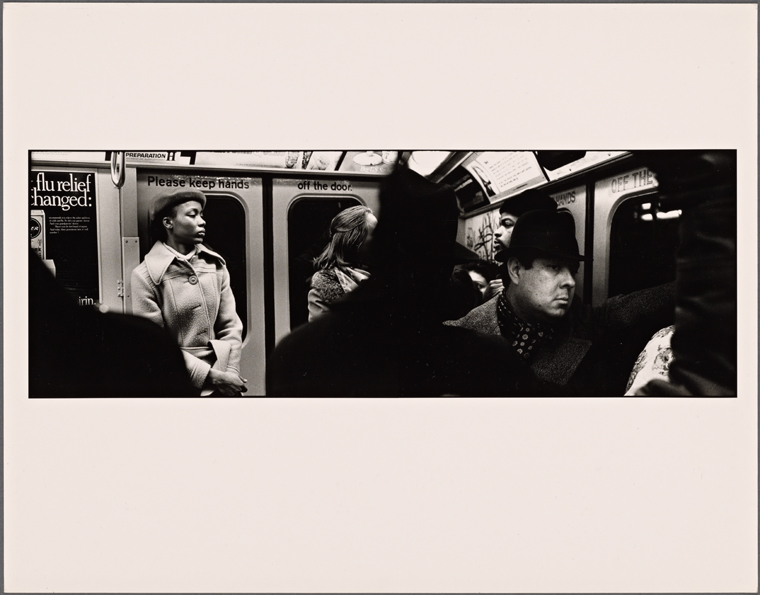
Here in New York City, most residents have been sheltering in place for many weeks now. Some of us who used to ride the subway each morning and evening may not miss the waiting, jostling, and crowding we associate with our daily commute. But I, for one, find myself feeling distinctly nostalgic for the transportation experience that ties so many of us city-dwellers together.
I spent some time fanning the flames of my romance with the subway in NYPL’s Digital Collections. By filtering my search using the topic “subways,” I was able to browse 299 items in the Digital Collections, including historic maps…
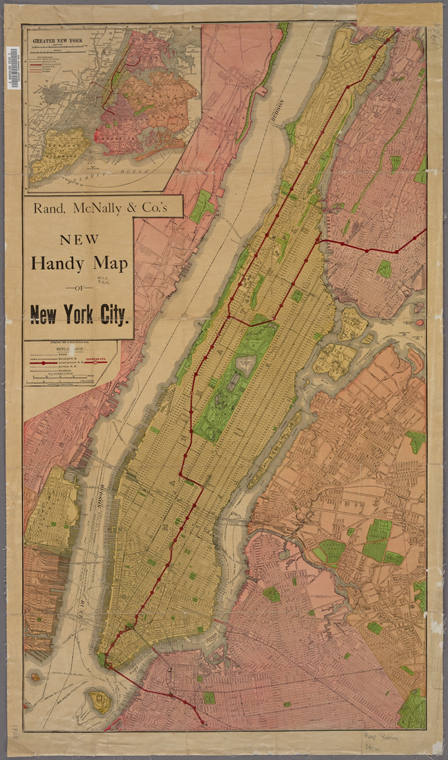
… candid photos of early subway construction …
… and kitschy postcards.
Whether you’re a teacher, researcher, or just a subway lover, you can truly piece together a visual history of our city’s century-old transportation system in the Digital Collections.
While searching, my eye was drawn to something else—a series of photographs of the 1970s subway system by Irish photographer Alen MacWeeney, which the library acquired in 2013.
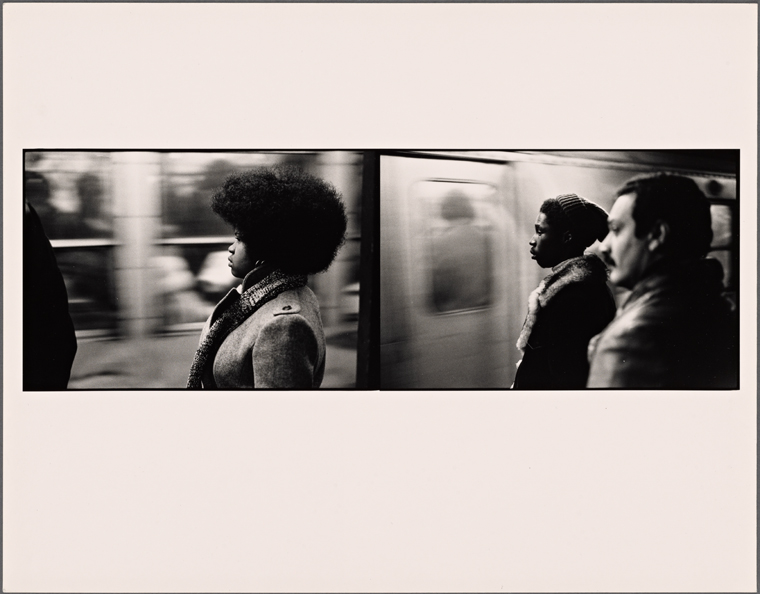
Born in Dublin in 1939, MacWeeney moved to Paris as a budding young photographer, working for a time for the famed Richard Avedon. MacWeeney became known for the depth and elegance of his photo compositions, particularly in his portraiture, interior shots, and depictions of the rugged beauty of the Irish countryside and its people. See his book Irish Travellers: Tinkers No More for an example.
Part of what drew me to MacWeeney’s collection of subway photographs was the way he captured the quirkiness, diversity, and grittiness of late 1970s New York—a bit of which endures today.
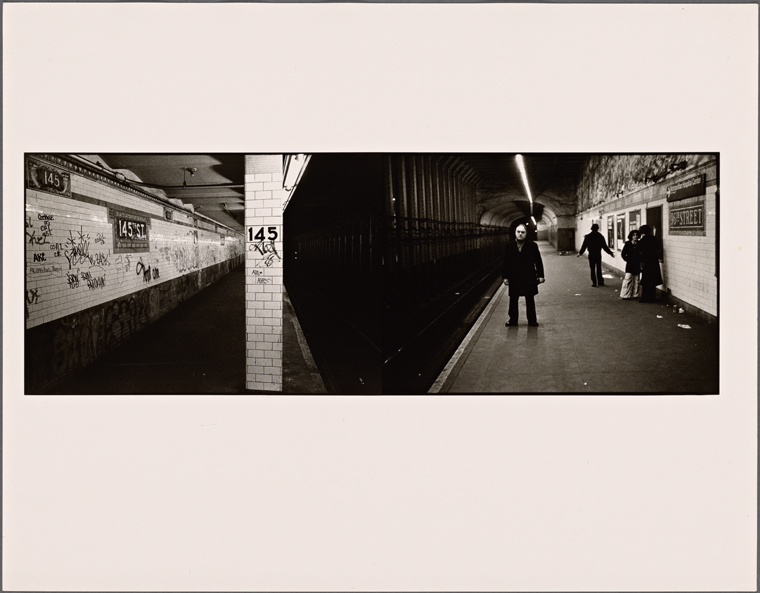
I reached out to MacWeeney, who generously shared details about the process of creating these photographs, in which he sought to capture, in his words, “the breath of life experienced by the other passengers and myself during that time.”
MacWeeney took hundreds of photographs in the subway during the 1970s. After printing them out and spreading them out for examination in his darkroom, he noticed two different prints lying on top of one another. “The combination of the two had a vitality and delivered something altogether better than either one or the other photograph,” MacWeeney recalled.
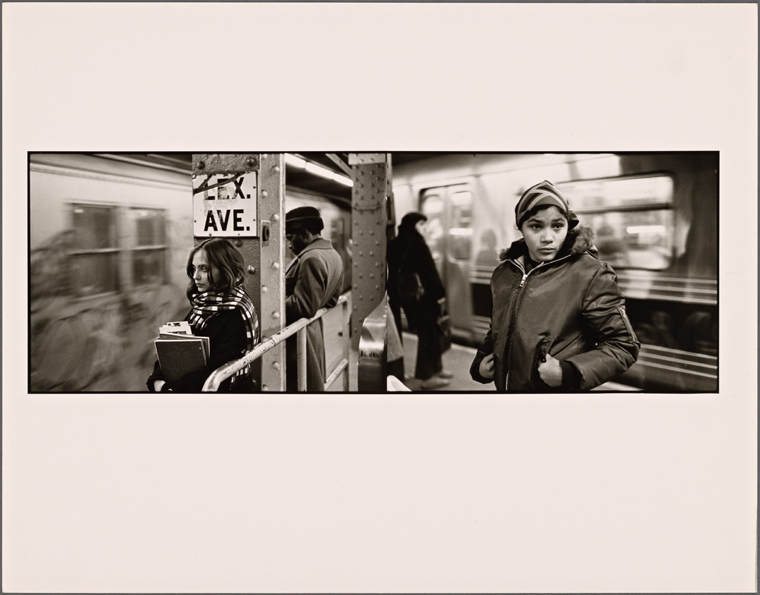
With that began the task of finding the right pairings and editing the images together—a process that took longer than creating the original photographs. MacWeeney sought to alter and crop the original photographs as little as possible, but also to find the right place in each photograph for the two images to join. The longer length of these paired photographs gives a sense of the extended stretch of a subway car, a subtle homage to the subject of these images.
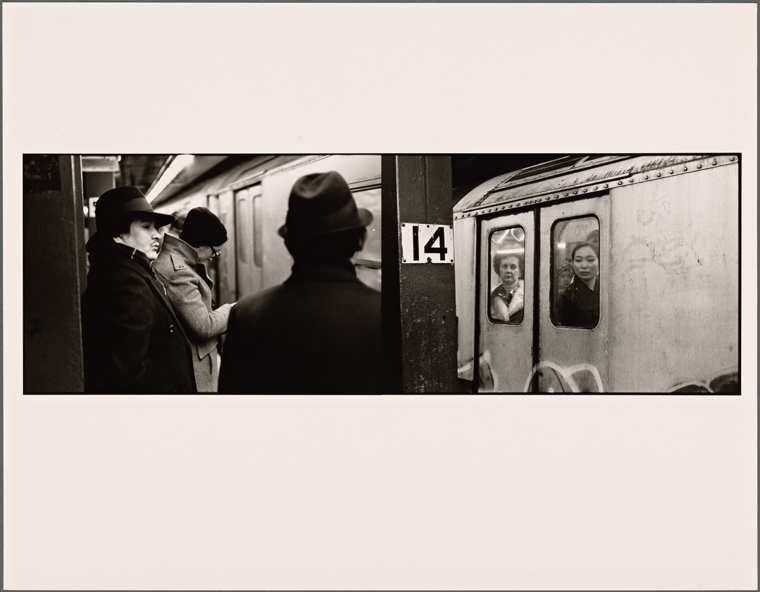
I’m a historian, so I particularly love how MacWeeney’s images immerse the viewer not just in the daily experience of the subway, but in a distinct moment in time: 1970s New York City. Captured in iconic movies like Taxi Driver and Saturday Night Fever, the 1970s saw the rise of disco, the end of the Vietnam War, and a decline in the political and social activism that had marked the previous decade.
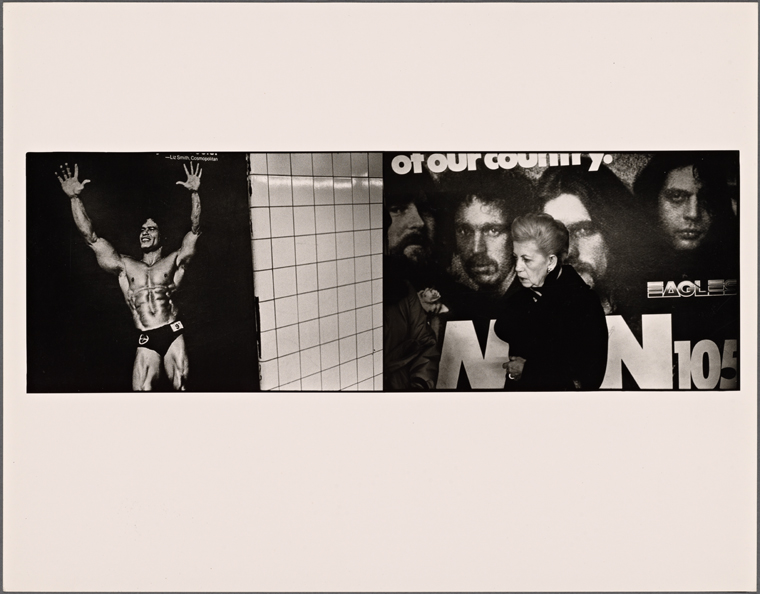
In New York City, the ‘70s emerged as an era of financial and cultural crisis. Industry continued its precipitous decline across the city, closing factories and shedding jobs. Social services, from police to sanitation services, were slashed. Crime rates soared. In many ways, the subway was both a victim of and a symbol for the city’s fiscal troubles. Understaffed and suffering from deferred maintenance, the subway was often dark, graffiti-riddled, and unsafe.
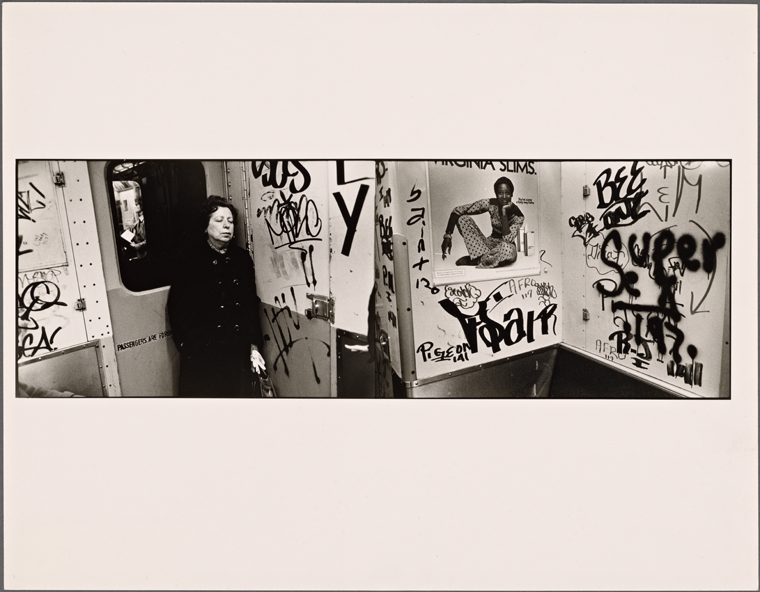
While MacWeeney’s photographs capture this moment of crisis, they also remind us that the subway continued to be a thriving and much-used public space in the 1970s, reflective of the remarkable diversity that has always defined New York City.
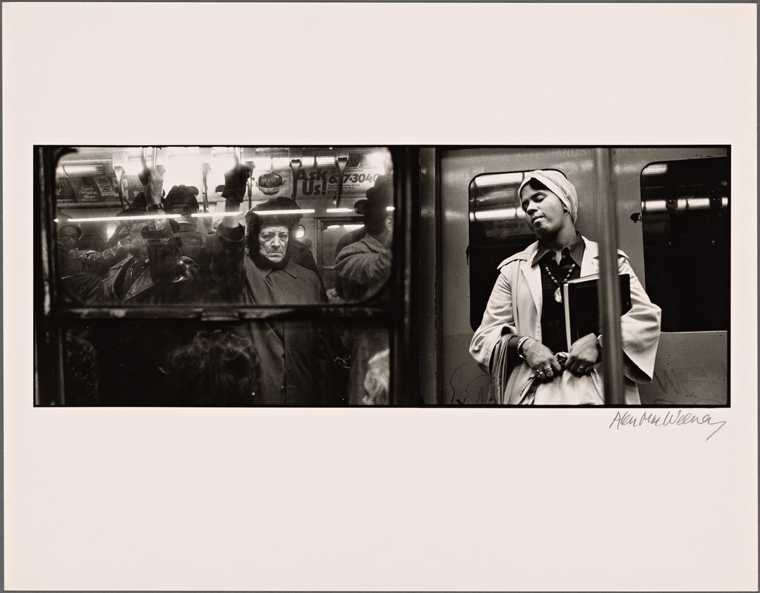
Want some context to better understand these images and the time in which they were taken? You can learn more about 1970s New York, and how it gave way to the city we know today, from Kim Phillips-Fein’s riveting book Fear City: New York's Fiscal Crisis and the Rise of Austerity Politics, happily available as an e-book so that you can read it from home.
Special thanks to photographer Alen MacWeeney for sharing his reflections. You can learn more about MacWeeney and his work at www.alenmacweeney.com.
Read E-Books with SimplyE
 With your library card, it's easier than ever to choose from more than 300,000 e-books on SimplyE, The New York Public Library's free e-reader app. Gain access to digital resources for all ages, including e-books, audiobooks, databases, and more.
With your library card, it's easier than ever to choose from more than 300,000 e-books on SimplyE, The New York Public Library's free e-reader app. Gain access to digital resources for all ages, including e-books, audiobooks, databases, and more.
If you don’t have an NYPL library card, New York State residents can apply for a digital card online or through SimplyE (available on the App Store or Google Play).
Need more help? Read our guide to using SimplyE.
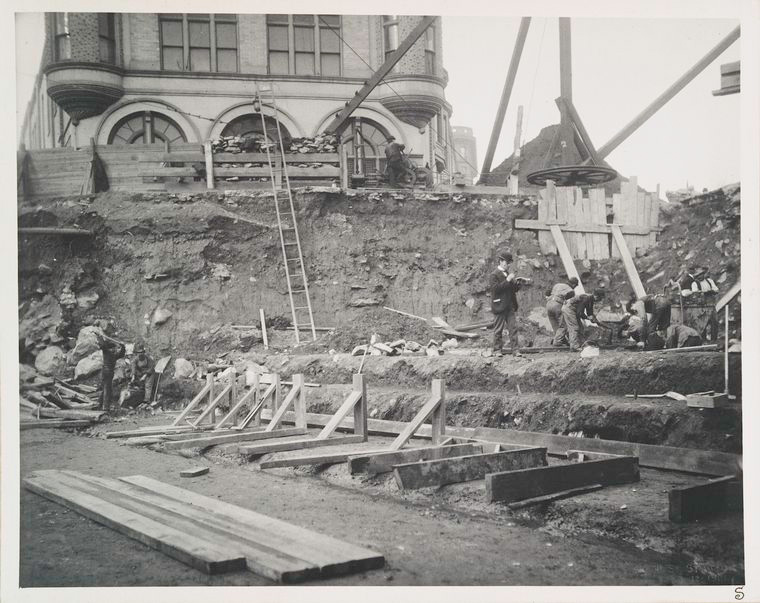
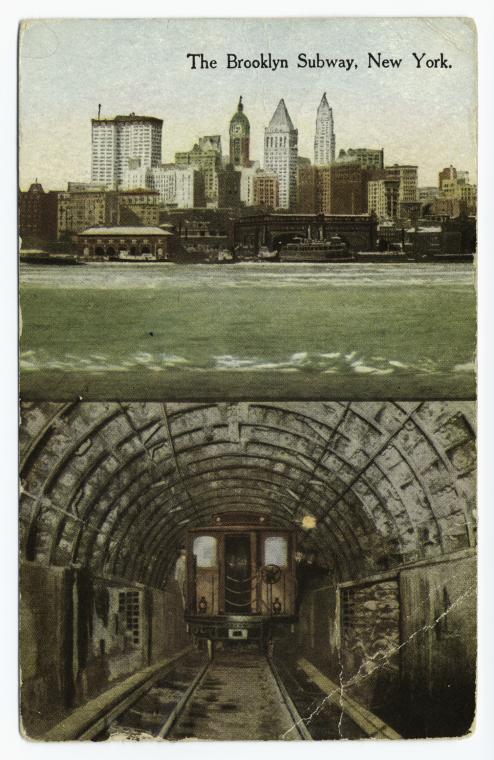
Comments
Alen NacWeeney Subway series
Submitted by Robert Feldman (not verified) on May 1, 2020 - 6:02pm